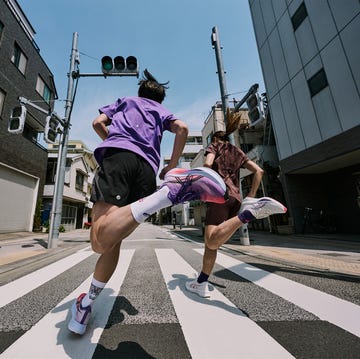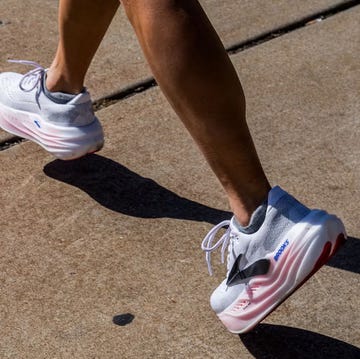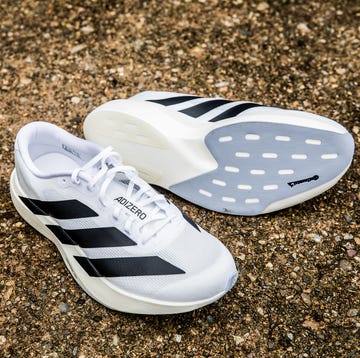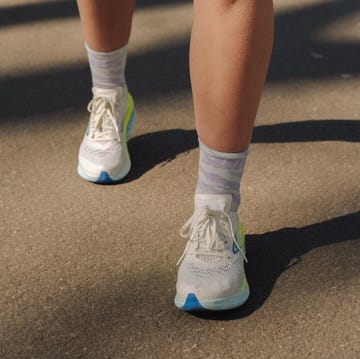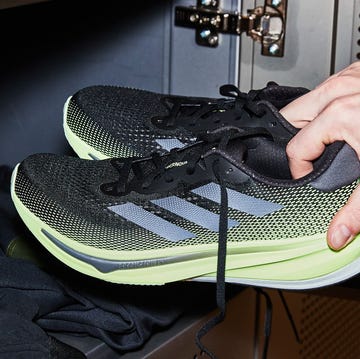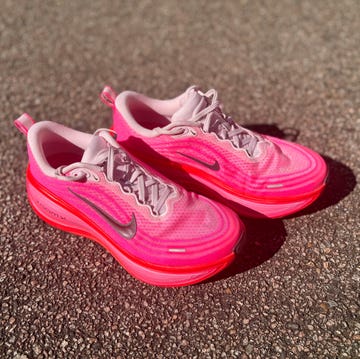We earn a commission for products purchased through some links in this article.
The 5 best running shoes for heavy runners — and how to find your perfect fit
We talked to an expert to learn about the best way to find your perfect shoe, no matter your weight or size
One of the most admirable pillars of running culture is its simplicity — and, in turn, the approachability that comes with it. Almost anyone can lace up and go for their first run, setting the barrier to entry as low as finding a good-fitting pair of running shoes. The one problem? For big runners, it can sometimes seem like the industry’s priorities are pointed away from you.
Plenty of the flashy new designs we see at big races have small toe boxes and a narrow shape, which might feel like it’s tailored just for the slender guys. This couldn’t be further from the truth: there are dozens of running shoes that can help anyone run faster, longer and more comfortably without making compromises, no matter your weight or height.
How do you start searching for these shoes? We talked to expert, advocate, and author Martinus Evans — founder of the Slow AF Run Club — about where heavy runners should look, what to look for, and which signs indicate that you’ve found the right pair. And to give you a clearer picture of what’s available, we picked some of the best options for starting your journey toward your perfect fit.
The best running shoes for heavier runners
What to consider
Try before you buy
When we make shoe recommendations at Runner’s World, we narrow our choices down based on an extensive range of factors, including pools of wear test data, lab measurements and geometry analyses. That said, we don’t have your feet or your stride, and there’s no better way to see if a shoe fits than to wear it yourself.
Our expert, Martinus Evans, suggests looking for a local running store where you can find experts to help you in real life. ‘They really participate with their brands and understand what different shoes are for,’ Evans said. ‘What do you want in a shoe? What are things you’re really looking to do with it? Your specialty running store will know.’
Evans also recommends paying attention to every detail of your shoe’s fit, even if they’re ‘just a little weird.’ Look for places where the shoe feels tight, rubs on one of your toes a funny way, or applies pressure in an area you’re not used to. ‘Those little annoyances will rear their ugly head on a long run,’ Evans says.
If you don’t live near a running store, don’t fret: plenty of brands allow you to return shoes you’ve bought online, given they haven’t been worn outside. Some brands are stricter than others regarding what they consider ‘worn’ but you can usually get away with trying them on and jogging around inside as long as you don’t scuff them.
A wide and supportive platform
While shoe fit is an individual affair, one commonality among many heavy runners is wide feet. And while this isn’t a hindrance on its own, there are scores of shoes that don’t accommodate for it and should be avoided. Racing-oriented shoes especially tend to have a narrow toe box, which can simultaneously suffocate your feet and create a less supportive platform when you hit the ground.
Shoes with a wider fit offer more room for your feet to splay out into their natural shape, and they also provide a better landing pad for lower risk of ankle injuries.
As support-oriented shoes have evolved over the past few years, we’ve seen an increase in overall footprint size as brands stray away from internal support methods, such as plates and medial posts, and focus on creating a complete shoe that doesn’t crumple under you. We recommend especially looking for shoes that have a large heel, as this is the part of the sole that is most likely to turn your ankle on an awkward strike.
Evans recommends looking for shoes with a wider fit along the entire sole, not just the toe box. He cited New Balance and Saucony as his favourite examples, but you can also find an abundance of wide fits from brands like Altra.
The cushioning conundrum
Just like fit, the question of how much stack or squish you should have in your soles can be best decided by personal preference, but heavy runners might want to avoid shoes that combine high stack with especially supple cushioning. Carbon-plated super shoes, in particular, can feel unstable, as they’re made with extremely soft cushioning to offset the stiffness of the plate — that quick collapse can spell terror for your ankles, especially if you’re running on uneven surfaces.
The best place to start is with a firmly cushioned shoe — one that takes a bit of force to compress — that still gives you some room to move without bottoming out. Finding your ideal firmness level does require some shopping around, as each brand’s foam behaves slightly differently under load, but that’s something you can suss out pretty early in the trying-on process.
How we selected
For this guide, we sat down with Martinus Evans, a seasoned marathoner and proud plus-size athlete who started his running career over a decade ago.
Now, eight marathons and hundreds of racing miles later, he’s the founder of the Slow AF Run Club, a 10,000 member-strong community of proud ‘back-of-the-packers’ who have corralled around the understanding that running belongs to everyone. On top of that, he has published a book named after his club, and it’s packed with tips and motivation for running outside the ‘traditional’ scope of the sport.
In addition to Evans’s advice, we used wear testing impressions from a considerable range of runners, and combined that data with our original recommendations from Evans to find some of the best shoes for heavy runners that we’ve tried in-house based on their wide fit and comfortable soles. This is by no means an exhaustive list, and we encourage you to play around with multiple brands, fits, and sizes — as such, we've included a couple extra shoes worth checking out in the description of each pick.

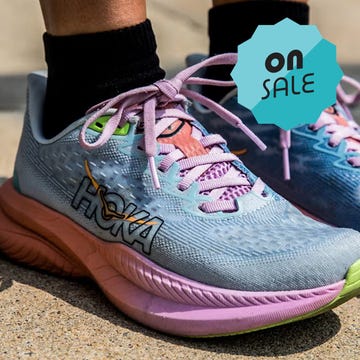
Best September running shoe deals 2025
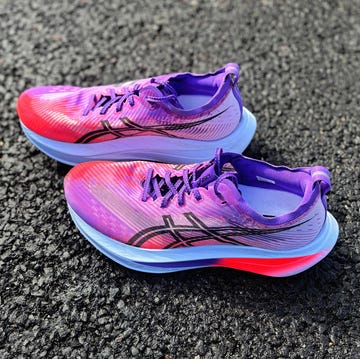
Is the Asics Megablast the best Blast yet?

Brooks running shoes sales August 2025
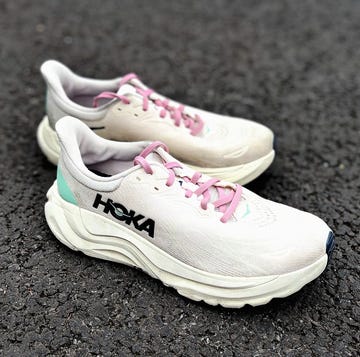
Arahi 8: Hoka's stability shoe is back to form






